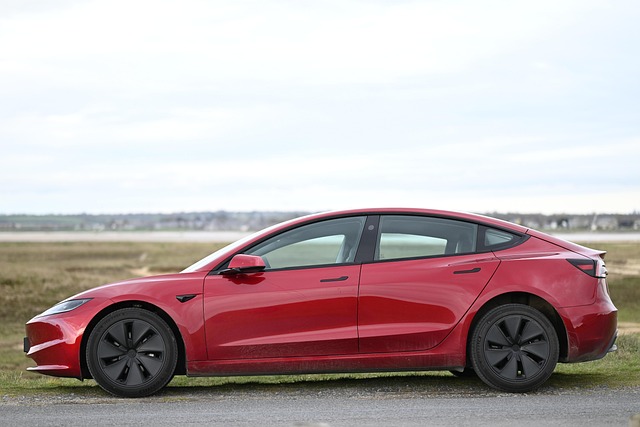As the world grapples with the challenges posed by climate change, the need for more sustainable approaches to our daily lives has never been more urgent. Amongst these, sustainable transportation stands out as a vital area that can lead to a significant decrease in emissions. This isn’t just about reducing our carbon footprint; it’s about reimagining the way we travel and interact with our urban landscapes.
Many of us have experienced the frustration of sitting in traffic, watching the clouds of exhaust fumes billow out from the vehicles around us. The air feels heavy and the noise is an unwelcome soundtrack to our daily commutes. Imagine if we could replace that scene with quieter streets filled with bicycles, electric buses, and pedestrians enjoying their surroundings without the overwhelming presence of car congestion. Sustainable transportation can transform these visions into reality and improve our quality of life.
Transitioning to a sustainable transportation system means embracing various modes of travel that are both efficient and environmentally friendly. Public transportation, cycling, walking, and electric vehicles are just a few alternatives that can dramatically lessen our dependence on fossil fuels. For instance, cities that have invested in extensive cycling infrastructure have witnessed not just reduced emissions but also improved public health through increased physical activity. It’s a win-win situation where we enhance our wellbeing while giving back to the planet.
Moreover, sustainable transportation can become a catalyst for social change. Communities that prioritize eco-friendly transit options tend to engage more actively in local initiatives, creating a sense of camaraderie and responsibility towards the environment. When we share a bus or ride a bicycle, we foster a connection not just with one another but with the spaces we inhabit. It’s about creating vibrant public places that encourage interaction and nurture a sense of community, rather than isolating us in personal vehicles.
Technological advancements are also paving the way for a brighter future. Innovations like electric and hybrid vehicles make it easier for consumers to choose greener options, while smart public transit systems optimize routes and schedules, making travel more convenient. Additionally, apps are emerging to help individuals make informed transportation choices, allowing everyone to participate actively in reducing emissions.
But the transition to sustainable transportation won’t happen on its own. It requires commitment from both individuals and governments. Policy changes that favor renewable energy, tax incentives for electric vehicle purchases, and funding for public transit projects can drastically shift behaviors and attitudes. By supporting these initiatives, we contribute to a broader movement aimed at tackling climate change and reducing our collective emissions.
As we step into a future where sustainability is at the forefront, it’s up to each of us to make conscious choices. Whether it’s opting to walk or bike to nearby destinations, carpooling with friends or colleagues, or advocating for better public transport systems, every small action contributes to a larger goal. Together, we can drive towards a greener future that prioritizes our environment, our health, and our communities.



